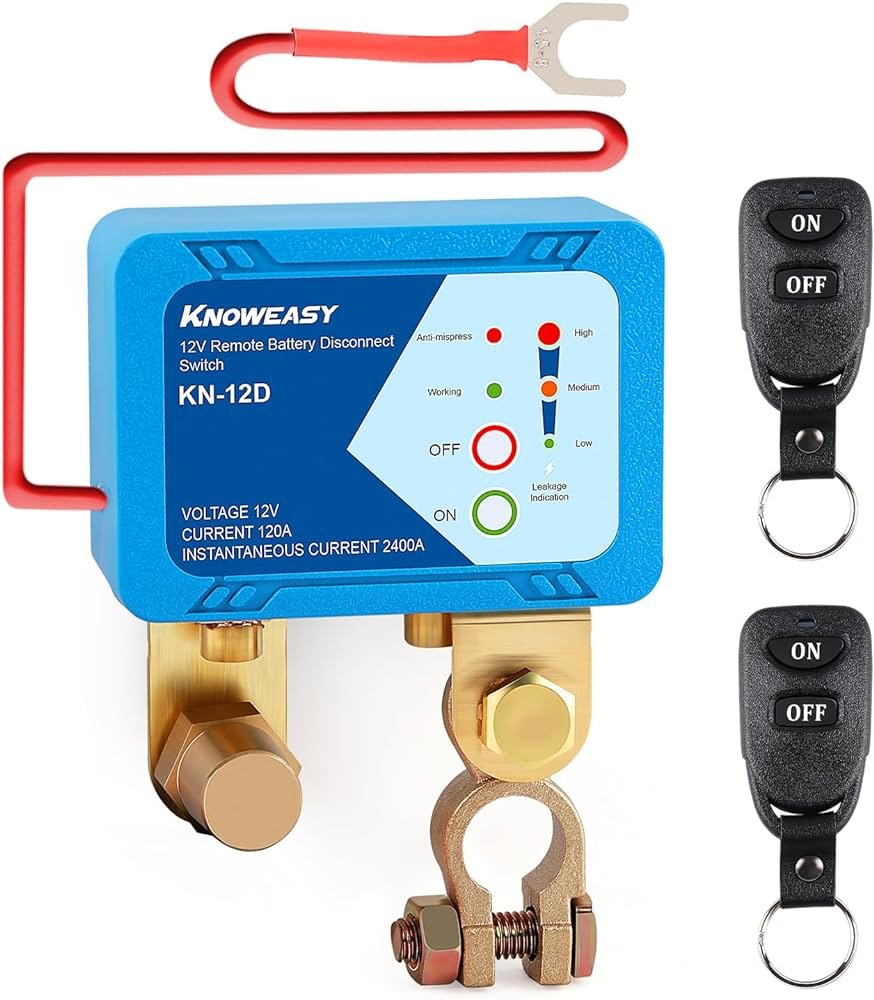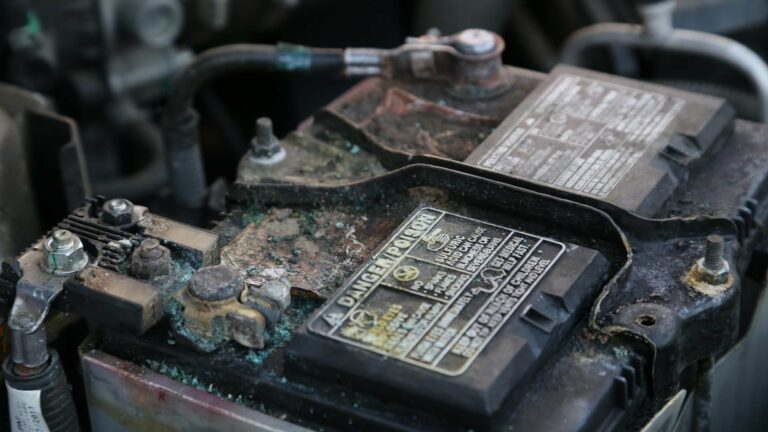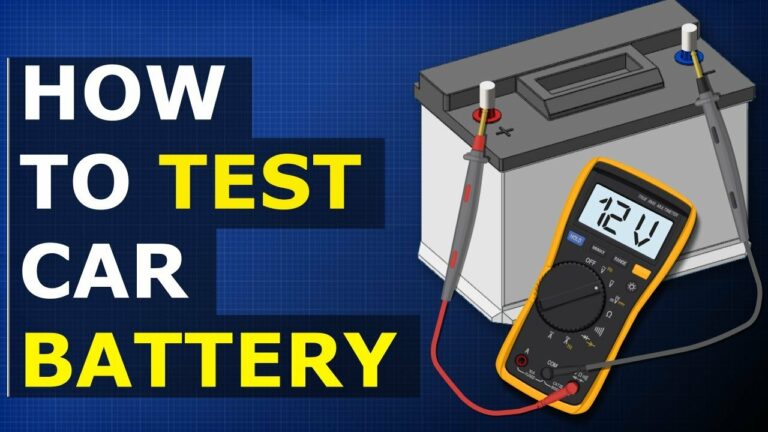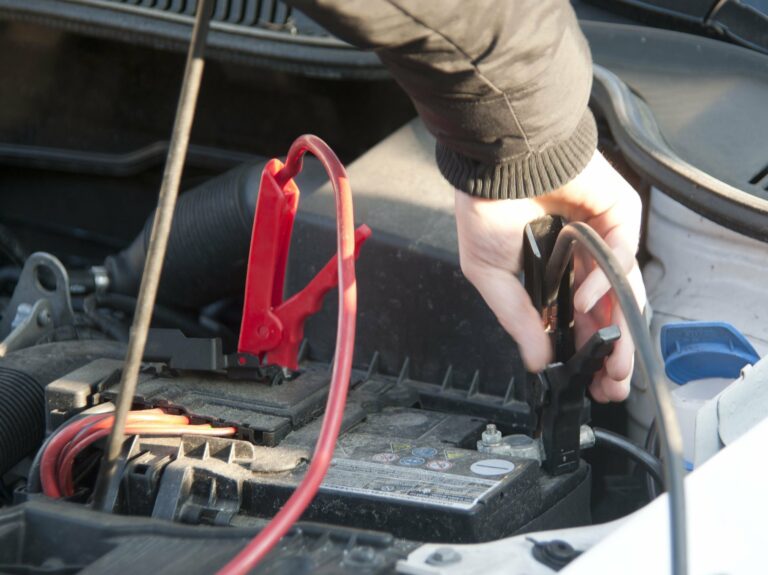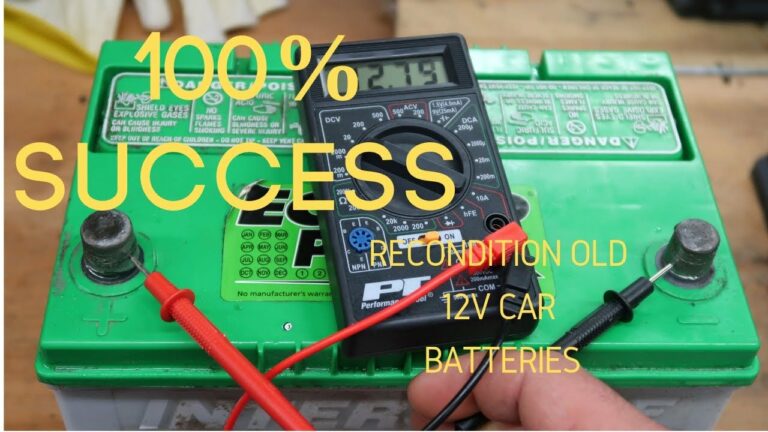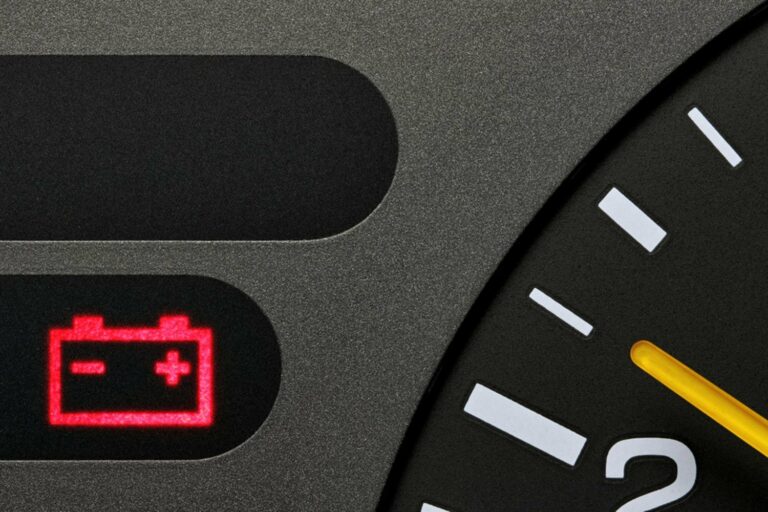How To Maintain Car Battery Voltage In High Electrical Demand
Today we discuss How To Maintain Car Battery Voltage In High Electrical Demand. You’re in luck! We’ve got a hassle-free solution for you. It can be incredibly frustrating to experience a drained battery just when you need your car the most.
But fear not, because in this article, we’ll walk you through some simple yet effective steps to ensure that your car battery stays strong even during those times of high electrical demand. Say goodbye to the inconvenience of a weak battery with our expert tips and tricks. Let’s get started!
How To Maintain Car Battery Voltage In High Electrical Demand
Car batteries are an essential component of any vehicle, providing the necessary electrical power to start the engine and operate various systems. However, during times of high electrical demand, such as when using multiple accessories simultaneously or when operating power-hungry devices like audio systems or air conditioning units, car batteries can quickly lose voltage. This can lead to various issues, including difficulty starting the engine or even complete battery failure. Fortunately, there are several effective strategies you can employ to prevent your car battery from losing voltage during high electrical demand. In this article, we will explore these strategies in detail, ensuring you have the knowledge to keep your battery operating optimally and avoid any inconvenience or potential hazards.
1. Regular Battery Maintenance:
Check Battery Connections
One common cause of voltage loss is poor battery connections. Over time, the terminals and cables can become corroded or loose, impeding the flow of electricity. Therefore, it is important to regularly check the battery connections and clean them if necessary. Use a wire brush and a solution of baking soda and water to remove any corrosion on the battery terminals. Make sure the cables are securely attached to the terminals, and tighten them if needed.
Inspect Battery Condition
Regularly inspecting the overall condition of your car battery is crucial in preventing voltage loss. Look for signs of physical damage or leakage, such as cracks or bulges in the battery case. If you notice any issues, it may be time to replace the battery to avoid potential problems. Additionally, keep an eye on the battery’s age. Most car batteries last between three to five years, so if your battery is approaching this timeframe, it is a good idea to have it tested and consider replacing it if necessary.
2. Reduce Electrical Load
During periods of high electrical demand, it is beneficial to reduce the load on your car’s electrical system. This can help prevent excessive strain on the battery and minimize voltage loss. Here are some practical ways to reduce electrical load:
Prioritize Electrical Accessories
If you frequently use multiple electrical accessories simultaneously, it is important to prioritize them. Determine which accessories are essential and limit the use of non-essential ones. For example, if you are using the air conditioning system, consider turning off the stereo or other non-critical electronics to reduce the overall electrical load.
Use Energy-Efficient Accessories
Opting for energy-efficient accessories can significantly reduce the electrical load on your car’s battery. For instance, using LED lights instead of traditional incandescent bulbs can save energy and prolong battery life. Similarly, selecting car audio systems that consume less power can help prevent voltage loss during high electrical demand.
Minimize Idle Time with High Electrical Load
Leaving your vehicle idle with high electrical load for an extended period can drain the battery quickly. If you need to use power-hungry devices, such as audio systems or charging ports, try to limit the idle time. Consider keeping the engine running while using these accessories to ensure the battery receives the necessary charge.
3. Optimal Battery Charging
Maintaining an optimally charged battery is crucial for preventing voltage loss, especially during high electrical demand. Follow these guidelines for optimal battery charging:
Regularly Drive Your Vehicle
Frequently driving your vehicle allows the alternator to charge the battery. The alternator is responsible for replenishing the electrical charge used by the car’s systems and accessories. If your vehicle is left unused for an extended period, the battery may lose voltage more quickly during high electrical demand. Aim for regular drives, especially longer ones, to ensure the battery recharges sufficiently.
Utilize a Battery Charger
If you have a garage or access to an electrical outlet, using a battery charger can help maintain optimal battery charge levels. Regularly connecting your car battery to a charger, especially during periods of inactivity, can prevent voltage loss and prolong the battery’s overall lifespan. Follow the manufacturer’s instructions and safety guidelines when using a battery charger.
4. Implement Battery-saving Devices and Technologies
In addition to the aforementioned strategies, there are various battery-saving devices and technologies available that can further prevent voltage loss during high electrical demand. These devices and technologies aim to optimize battery performance and increase overall efficiency. Some examples include:
Battery Voltage Stabilizers
Battery voltage stabilizers are electronic devices that help regulate the voltage output from the battery. They can prevent sudden voltage drops and maintain a stable electrical supply, even during high electrical demand. Installing a voltage stabilizer can potentially extend your battery’s lifespan and ensure reliable performance.
Smart Alternators
Smart alternators are advanced charging systems that intelligently adjust the charging rate based on the battery’s needs. Unlike traditional alternators, smart alternators can deliver a variable charge rate to optimize battery health and prevent voltage loss. If your vehicle allows for it, upgrading to a smart alternator can be a worthwhile investment.
5. Seek Professional Assistance
If you are experiencing persistent voltage loss despite implementing the above strategies, it is advisable to seek professional assistance. A certified mechanic or automotive technician can diagnose any underlying issues with your vehicle’s electrical system and recommend appropriate solutions. They have the expertise and specialized tools to identify and rectify problems that may be causing voltage loss.
Here’s Why Your Car Battery Keeps Draining
Frequently Asked Questions
How can I prevent my car battery from losing voltage during high electrical demand?
To prevent your car battery from losing voltage during high electrical demand, you can follow these tips:
What steps can be taken to minimize voltage loss in the car battery during high electrical demand?
To minimize voltage loss in the car battery during high electrical demand, you can:
Why does a car battery lose voltage during high electrical demand?
A car battery can lose voltage during high electrical demand due to the heavy load placed on it. High electrical demand can be caused by various factors such as using multiple accessories simultaneously, running the air conditioning system on high, or having aftermarket electrical modifications.
How can I manage the electrical demand on my car battery?
To manage the electrical demand on your car battery, you can take the following measures:
What are the benefits of using a high-quality car battery?
Using a high-quality car battery can provide numerous benefits such as:
Is it advisable to upgrade my car’s alternator to prevent voltage loss during high electrical demand?
Upgrading your car’s alternator can be a good option to prevent voltage loss during high electrical demand, especially if you have added aftermarket electrical accessories or frequently use high-power consuming devices. A higher capacity alternator can supply more power to the electrical system, reducing strain on the battery and minimizing voltage loss. However, it is recommended to consult with a professional to ensure compatibility and proper installation.
Final Thoughts
To prevent car batteries from losing voltage during high electrical demand, there are several effective strategies. First, using a high-quality battery with sufficient capacity can provide reliable power. Second, regularly inspecting and maintaining the battery’s connections and terminals ensures proper electrical flow. Third, minimizing the use of power-consuming accessories while the engine is off can help conserve battery power. Additionally, installing a battery charger or voltage regulator can stabilize voltage levels during periods of high demand. By implementing these measures, car owners can mitigate voltage loss and prolong the lifespan of their batteries during times of increased electrical usage.
